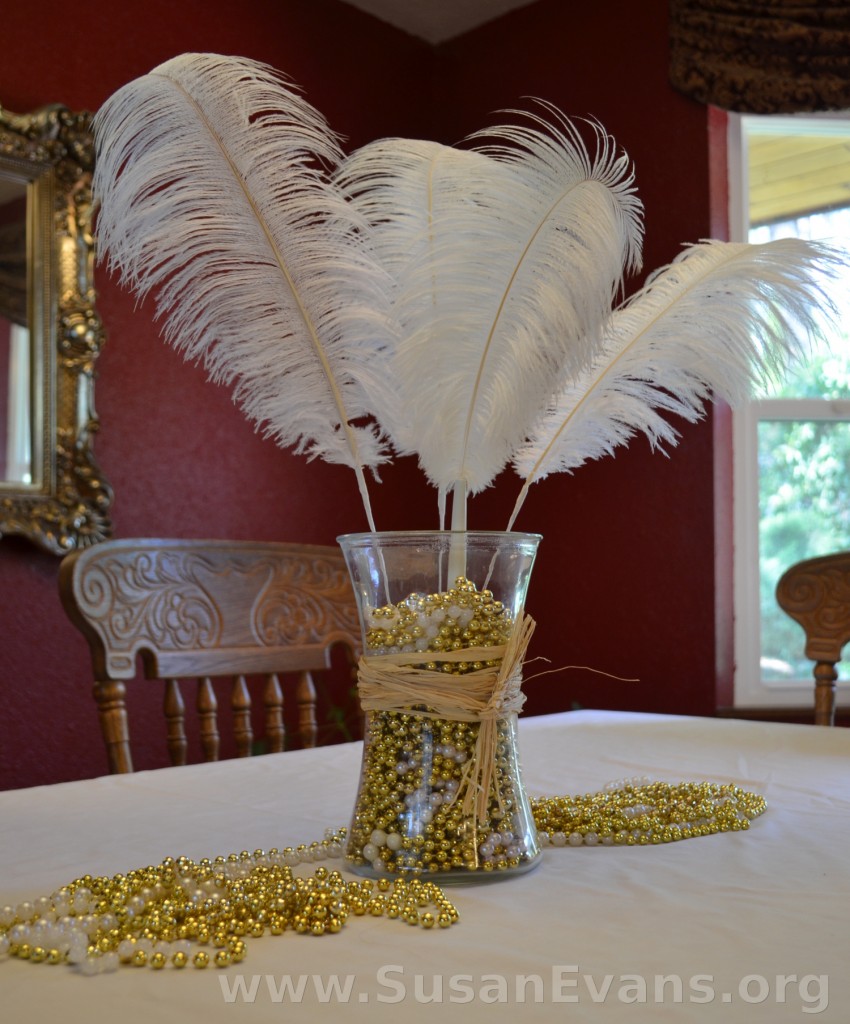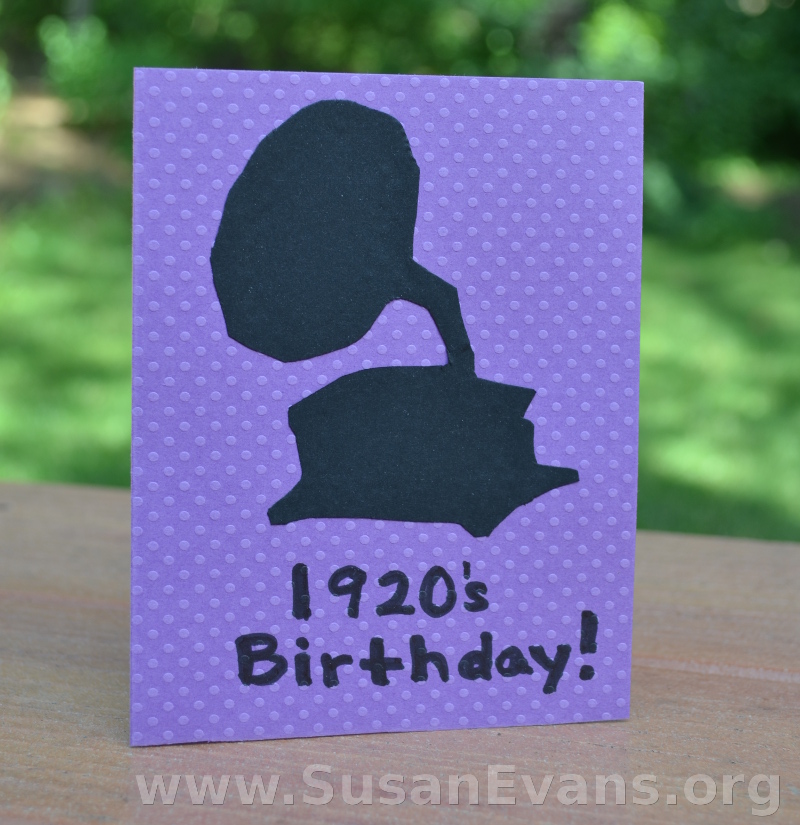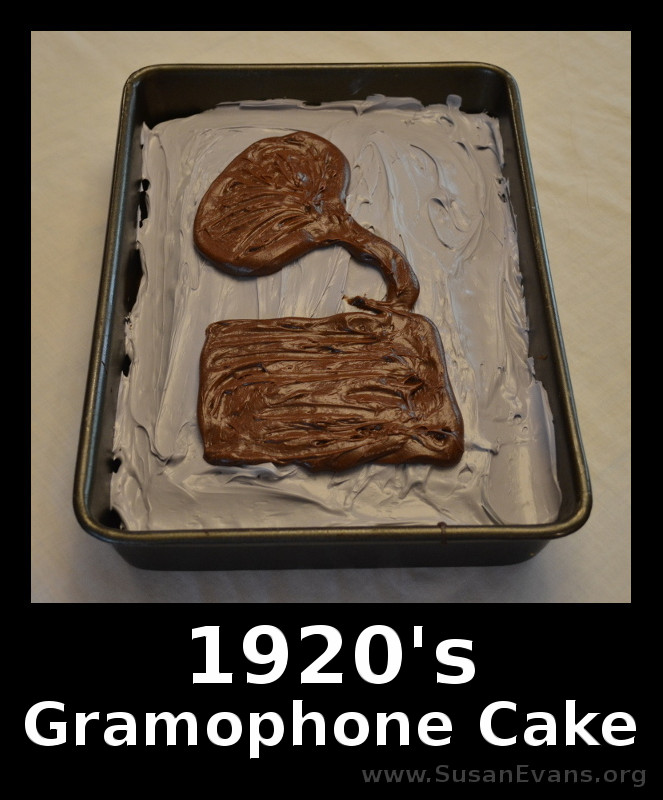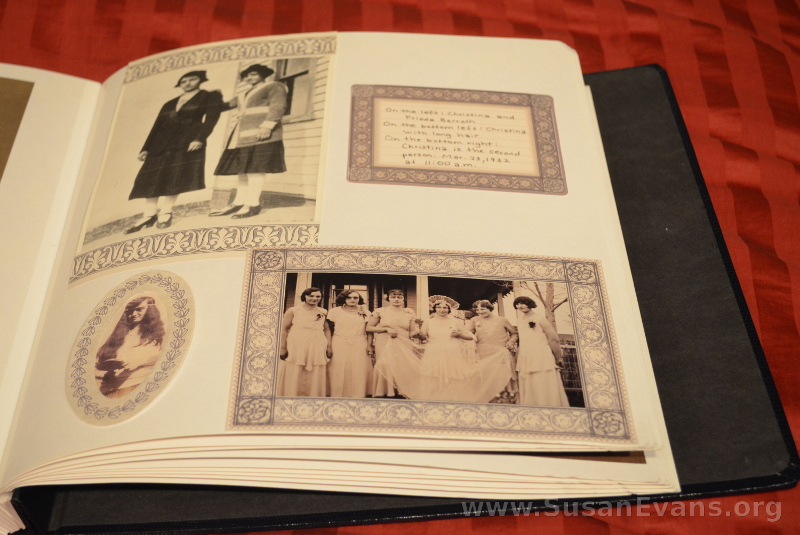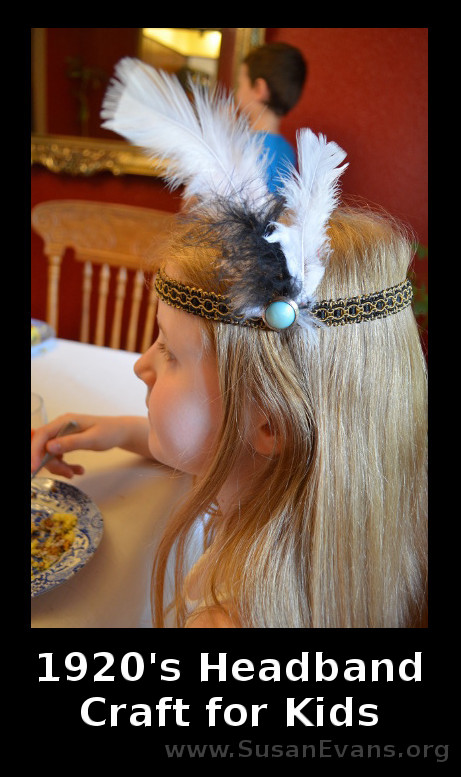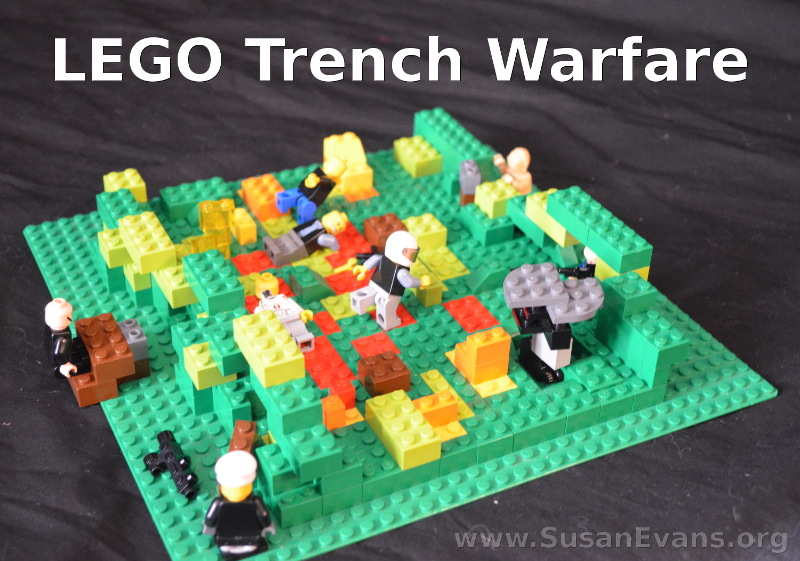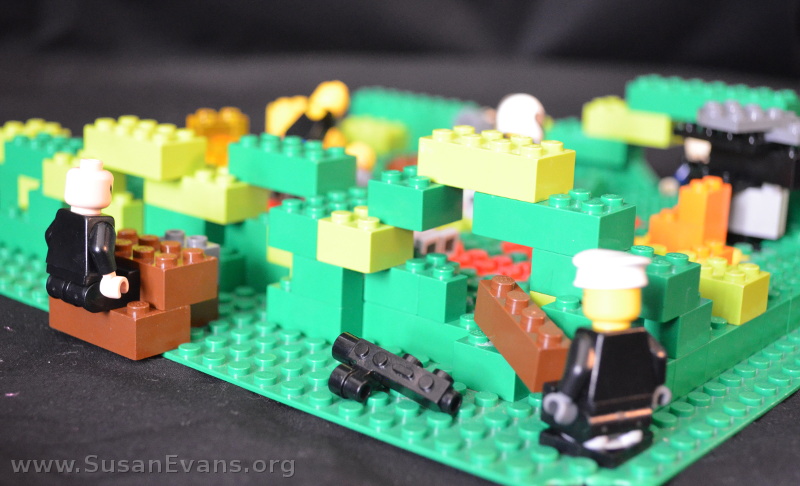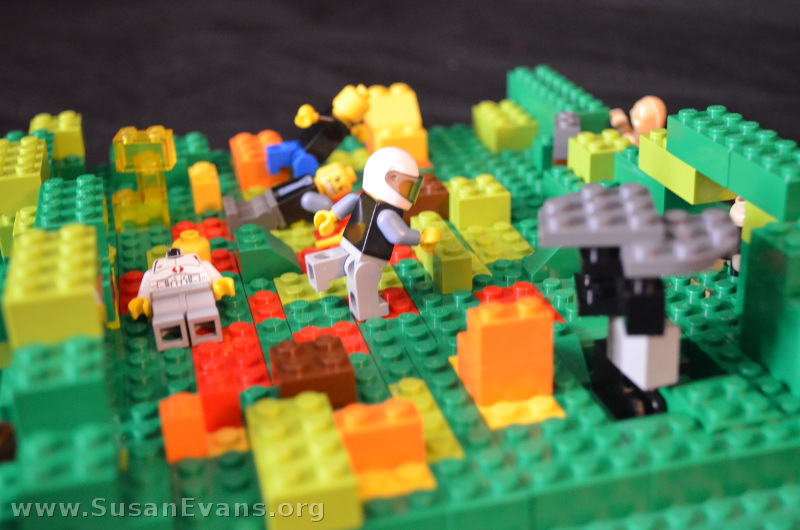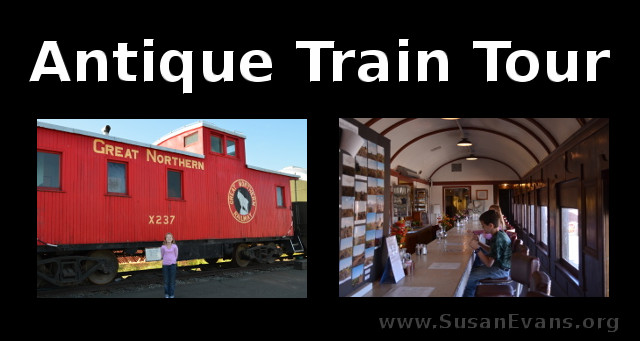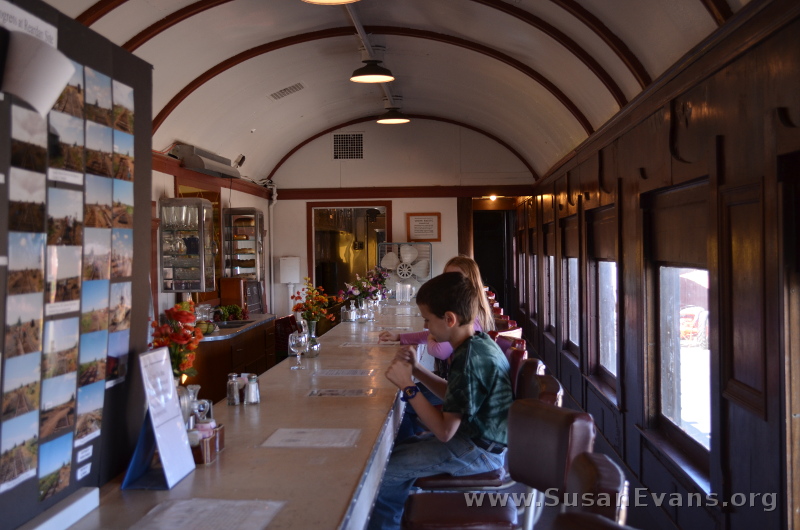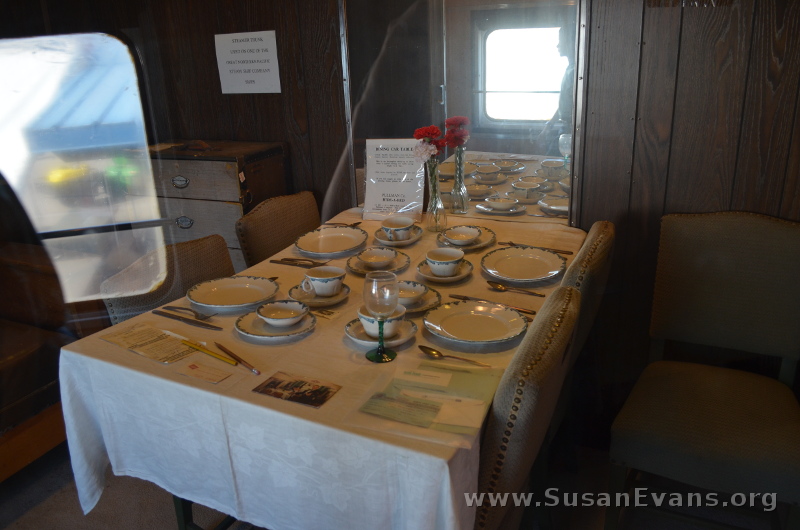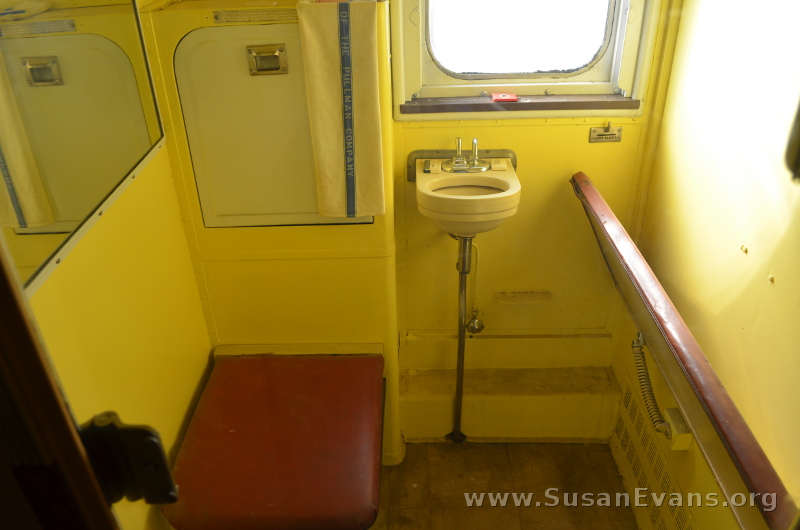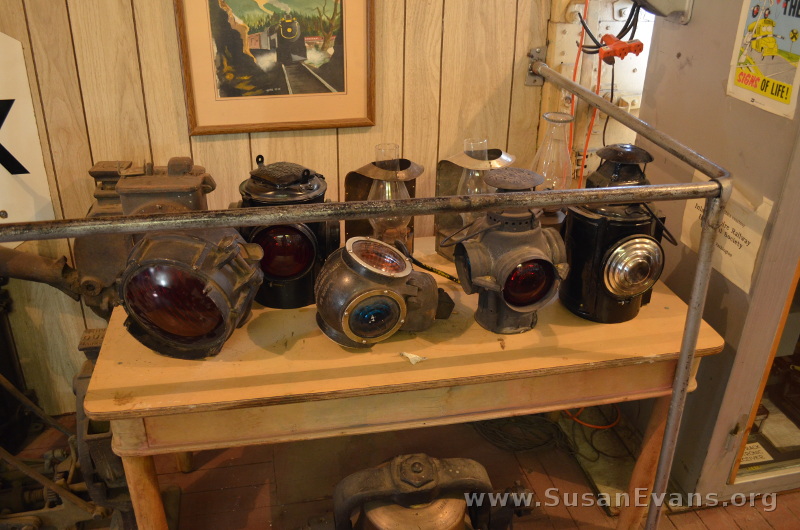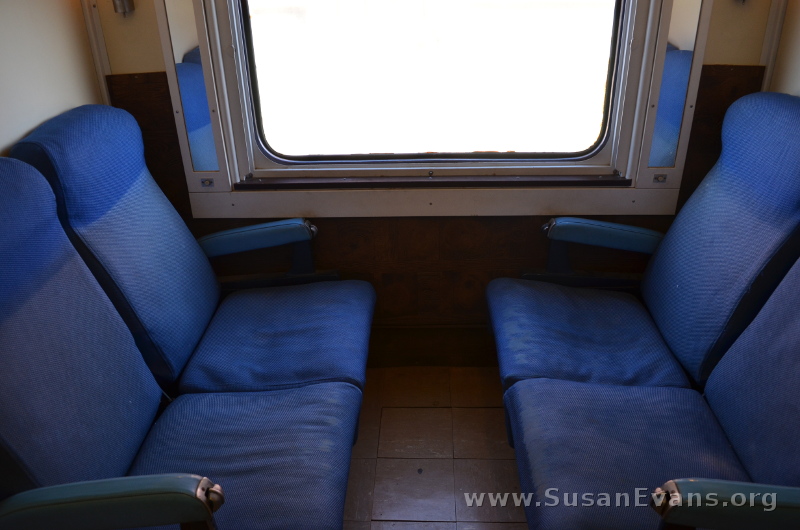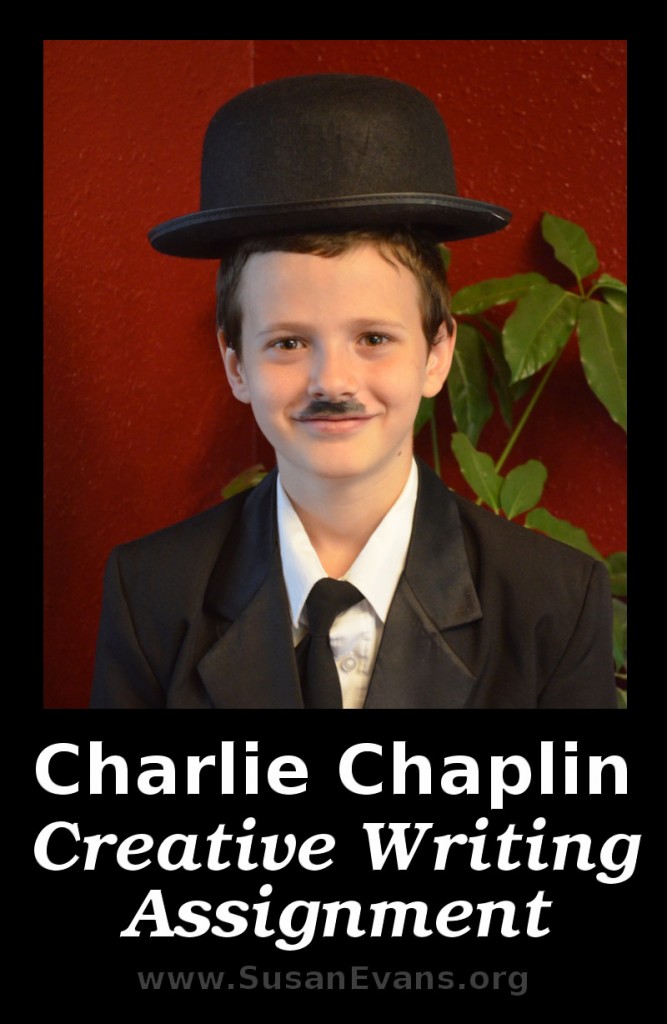
While studying the 1920’s, two of my children wanted to do Charlie Chaplin projects. We all watched several silent Charlie Chaplin movies, and my kids loved the humor and the corny editing of these early movies. My 13-year-old son Stephen wanted to do a creative writing assignment about this famous actor to include in his Modern History binder. Another one of my sons decided that he wanted to make a black-and-white Charlie Chaplin short movie, and whenever he does that, we will put it into the Unit Study Treasure Vault.
Here is Stephen’s description of Charlie Chaplin and his silent movies:
Charlie Chaplin Creative Writing Assignment
Charlie Chaplin was the king of slapstick comedy (sorrowfully, not the Three Stooges) in the period known as the Roaring Twenties. He starred in those old-fashioned black-and-white silent films, which weren’t all that silent because of some crazy guy banging out an ancient tune on a weather-beaten old piano.
Our clumsy clod sported a fake-looking mustache and black bowler hat. He also wore a waistcoat and baggy trousers. He was very sensitive about his hat’s position on his head and was constantly adjusting it.
Those silent films were always without any talking whatsoever (I have no idea how the audience could put up with it) and staged most of the time in a random town or house somewhere. In one of them, Charlie was so poor he had to resort to thievery to get money. In that movie he hid an alarm clock in his pants (the last place I would want to put an alarm clock), and it started ringing. He jumped around like my aunt Betsy when her socks are on fire, trying to extingui—I mean silence—the alarm clock (weren’t there snooze buttons back then?)
Another movie was made during the end of WWI which was criticizing and making fun of the trench warfare. In it he pretended to be a tree as he was spying out the enemy lines. He was a good tree. When a German soldier went to get wood, he immediately went for the Charlie Tree. The tree whacked the soldier on the head whenever he turned his back, eventually knocking him out cold (reminds me of my half cousin). His friends came and saw him lying there, and soon they too were lying on top of him.
In the trenches he had a varied assortment of odds and ends he took with him, including a mousetrap and cheese. The other soldiers in the trench constantly got their fingers stuck in it. On the first night the trenches got flooded, and they had to sleep face-deep in dirty, ice-cold water. As Charlie was rubbing some life into his feet when he woke up, he accidentally grabbed someone else’s foot and started rubbing it. Naturally the foot in question woke up its owner in a very grumpy mood.
In a different movie, Charlie was working in a factory when the manager and some weird dudes walked up with this crazy contraption which consisted of a large rotating disc with soup, some cubed food, a napkin strapped to a fat horseshoe, and corn-on-the-cob on a spinning arm. They chose Charlie as their first target and shoved him into it. Then they turned it on. It first lifted the soup bowl and poured some into his mouth. Then it lowered, and the napkin was rubbed across his face. The disc then turned a quarter-turn, and the plate with the cubed stuff was lifted. Then an arm pushed the stuff into his mouth as the plate spun slowly. The napkin cleaned him off and malfunctioned. It started to massage his face quicker, and quicker, until it was a blur. They managed to turn it off, fix it, and restart it. It failed again, and this time they couldn’t fix it. It went out of control and caught fire (don’t ask me where the fire came from). In the end Charlie was released, and the contraption was thrown away.
Charlie Chaplin was the best of the best in his time. Nowadays there are better actors, but back then he was a rarity. Editing must have just been invented when he was around, and pretty basic editing at that (like speeding up and cutting-and-pasting). That added a bit more humor to this already funny guy.

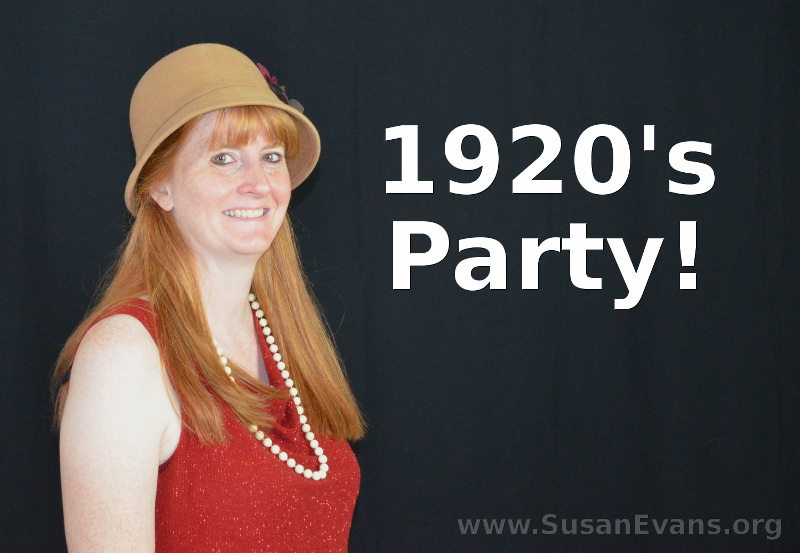 This post contains affiliate links. I was compensated for my work in writing this post.
This post contains affiliate links. I was compensated for my work in writing this post.